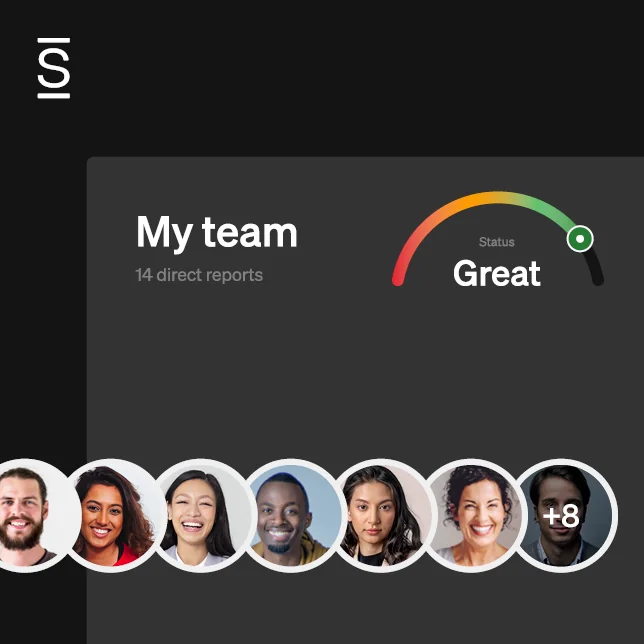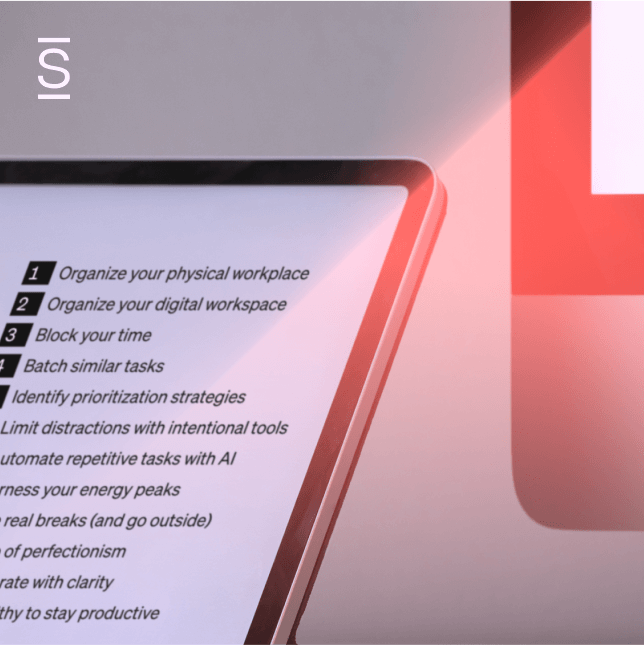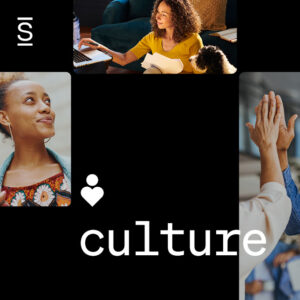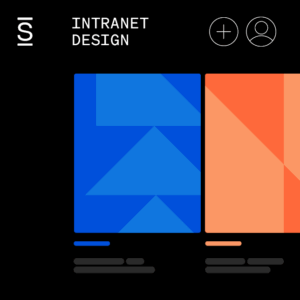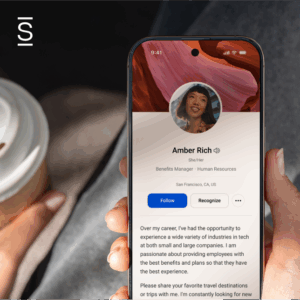This article was originally published on January 25, 2021, and was updated on October 13, 2023.
In today’s increasingly digital workplaces, effective communication is critical for clarity and understanding, higher employee engagement and satisfaction, and increased collaboration, problem-solving and innovation. But teams can’t reap these benefits if they don’t incorporate diversity in communication.
Let’s look at why inclusion and diversity in communication is important to building a strong digital workplace and how you can use more inclusive language and messaging within your organization.
Table of contents: The importance of inclusion and diversity in communication
- 1 What is diversity and inclusion in the workplace?
- 2 What does diversity in communication mean?
- 3 What is inclusive communication?
- 4 What is inclusive language?
- 5 What are the benefits of diversity in communication?
- 6 tips for improving diversity in communication
- 7 Incorporate diversity and inclusion in your communications
Let’s get started!
What is diversity and inclusion in the workplace?
Diversity and inclusion in the workplace is the process of creating an environment where individuals from all types of backgrounds, cultures, perspectives and identities are respected, valued, and provided equal opportunities.
Diversity refers to the range of attributes that make individuals unique and how those characteristics are represented within a group. The attributes may relate to race, ethnicity, culture, age, gender, religion, sexual orientation, physical abilities, socioeconomic status, education, professional backgrounds and more.
Inclusion refers to the interactions and actions that make employees from diverse backgrounds feel welcomed, supported and empowered to contribute their perspectives and talents without fear of discrimination or exclusion.
Diversity and inclusion in the workplace is often collectively referred to as DEI — Diversity, Equity and Inclusion. DEI has a place in many areas of the workplace — from human resources and hiring to training and education — and it is especially important in the area of internal communications during the age of virtual work.
In a virtual workplace, teams must work together through digital platforms, which has increased the need for communication platforms and strategies that connect people with diverse backgrounds and needs.
Organizations must implement inclusive communication strategies to improve accessibility, remove potential technology and cultural barriers, and support more authentic connections and collaborations.
Check out our Guide for diversity in the workplace
What does diversity in communication mean?
Diversity in communication is an approach that considers diverse audiences when developing verbal, written, visual or nonverbal messaging. It adapts and tailors communication styles, approaches and content to effectively engage and connect with individuals from diverse backgrounds, cultures, identities and perspectives.
What is inclusive communication?
Inclusive communication considers and respects the diversity of individuals by eliminating barriers that might arise from differences in culture, language, abilities, backgrounds and perspectives. Inclusive communication:
- Uses clear and plain language
- Is accessible (it accommodates visual and auditory impairments)
- Utilizes both text and visual representations
- Is easily converted to different languages
- Uses respectful language
- Is mindful of cultural sensitivity
- Avoids stereotypes
Discover how a chief people officer fights against stereotypes to improve diversity in the workplace
What is inclusive language?
Inclusive language refers to the words and phrases that make audiences feel represented, rather than excluded. Inclusive language recognizes the diverse identities and experiences of people and communicates in a way that does not marginalize or discriminate against any group. Some examples of inclusive language include:
- Gender-inclusive terms. Instead of using gender-specific terms like “he” or “she,” use gender-neutral language such as “they.”
- Gender-neutral job titles. Refer to “firefighters” instead of “firemen” and “police officers””instead of “policemen.”
- Broad relationship definitions. Use terms that encompass a variety of relationship dynamics, such as “partner” instead of “husband” or “wife,” to accommodate diverse family structures.
- Person-first language. When referring to individuals with disabilities, use person-first language that emphasizes the person rather than the disability. For example, say “a person with autism” instead of “an autistic person.”
- Age-neutral language. Instead of using terms that imply a certain age group, like “young” or “elderly,” use more neutral terms like “younger people” or “older adults.”
Explore inclusive language guidelines from the American Psychological Association

What are the benefits of diversity in communication?
Diversity in communication offers many benefits to organizations and employees. Language, communication and words are some of the most powerful tools we can utilize. An inclusive approach to communication can be the difference between pulling people in or pushing them away. Consider the downside of not incorporating inclusiveness in the transfer of ideas, directions, thoughts and messaging.
Communication that does not consider diversity can easily turn off individuals and groups of individuals.
It can trigger or elicit uneasy responses when it excludes or overlooks various individuals or groups and makes people feel like they’re being unvalued, trivialized, judged and stereotyped.
On the flip side, when diversity in communication is considered, it can lead to:
More trust in leadership. When building trust in the workplace with employees, the last thing an organization wants to do is make individuals feel excluded or judged. Using inclusive language lets individuals know their leaders care about their unique qualities, which builds trust and loyalty.
Increased feelings of employee satisfaction and belonging. When employees feel represented at work, they are more likely to feel like they belong. Inclusive environments lead to greater job satisfaction, higher morale and better employee experiences as individuals are able to feel valued for who they are.
A Deloitte study found that inclusive leadership could make employees feel up to 70% more belonging at work.
Better decision-making and innovativeness. Diverse teams consider a broader range of perspectives, which results in well-rounded and more informed decisions. A diverse workforce brings together a variety of viewpoints and experiences, leading to more creative problem-solving and innovative ideas. The Deloitte study also showed that inclusive leadership could lead to a 20% increase in decision-making quality.
Improved talent acquisition and retention. Organizations that prioritize diversity and inclusion are more likely to attract a wider pool of talented individuals seeking an inclusive workplace. A Glassdoor survey found that 76% of job seekers and employees report that a diverse workforce is an important factor when evaluating companies and job offers. Organizations are also more likely to keep talent when individuals feel more satisfied and welcome in the workplace.
Higher organizational reputation. Inclusive communication matters to your team as well as customers. Organizations that prioritize diversity and inclusion are seen as socially responsible and are more likely to gain a positive reputation, especially with Gen Z. A Microsoft Advertising report found that 70% of Gen Z consumers are more trusting of brands that represent diversity in ads.
5 tips for improving diversity in communication
In the workplace, it is all about creating an environment of inclusiveness where every employee feels like they’re welcomed, valued and empowered to be their true self.
Organizations need to create an inclusive atmosphere to ensure that every individual within the organization is treated equally and respectfully regardless of their differences. Communication teams need to take a mindful approach to the language, visuals and even their channels of communication for the audience they’re targeting.
1. Listen before making a change
Take time to listen and understand different perspectives and experiences before making organizational changes. Take an opportunity to ask meaningful, impactful questions, and use time to digest information so that responses are not reactive but rather proactive and beneficial.
Learn how Simpplr can help you listen to your employees
2. Diversify your comms team and empower employee voices
Communication teams need to have diverse voices to truly encompass different experiences and various strategies. Empower your internal comms team to allow them to speak up and out about their insights on both business and worldly matters. Also, learn what communication style and channel works for your diverse workforce. Some may prefer digital communication through a modern intranet or instant messages, while others prefer a more face-to-face approach. It’s important to find out what your teams are most comfortable with.
3. Be mindful of using your own group as a baseline
It’s easy to default to your own personal experience as the collective experience, and it often shows up in our written and spoken communication. Be conscious that you don’t use your experience as the ‘normal,’ thus placing everyone else in the ‘abnormal’ or inferior category.
4. Ask employees how they identify themselves
Give employees an opportunity to identify which categories they feel comfortable being identified in.
There are many complexities that make up a person’s identity, and making assumptions based on presentation can make individuals feel excluded.
Don’t pressure employees to disclose this personal information, but give them an opportunity to do so if they feel comfortable. This will help tailor your communication, verbal and written, to each individual and make them feel accepted in the organization.
5. Think beyond written communication
Written words are not the only element included in diverse and inclusive communication. Ensure that the imagery used in your organization matches up with what you want representation to look like. But don’t approach this in a generic manner — make sure you’re actually being authentic to what your company culture stands for.
Incorporate diversity and inclusion in your communications
Diversity in communication helps build an inclusive company culture that keeps employees engaged with the company and moving forward in a positive and bright manner. Embracing differences — whether they’re cultural, language or even age — helps ensure that all employees feel seen, heard and included. And this will make your team happier, more united, and more engaged.
Keep these strategies in mind as you work toward building a more welcoming digital workplace and internal communications plan for your organization.
How Simpplr can help
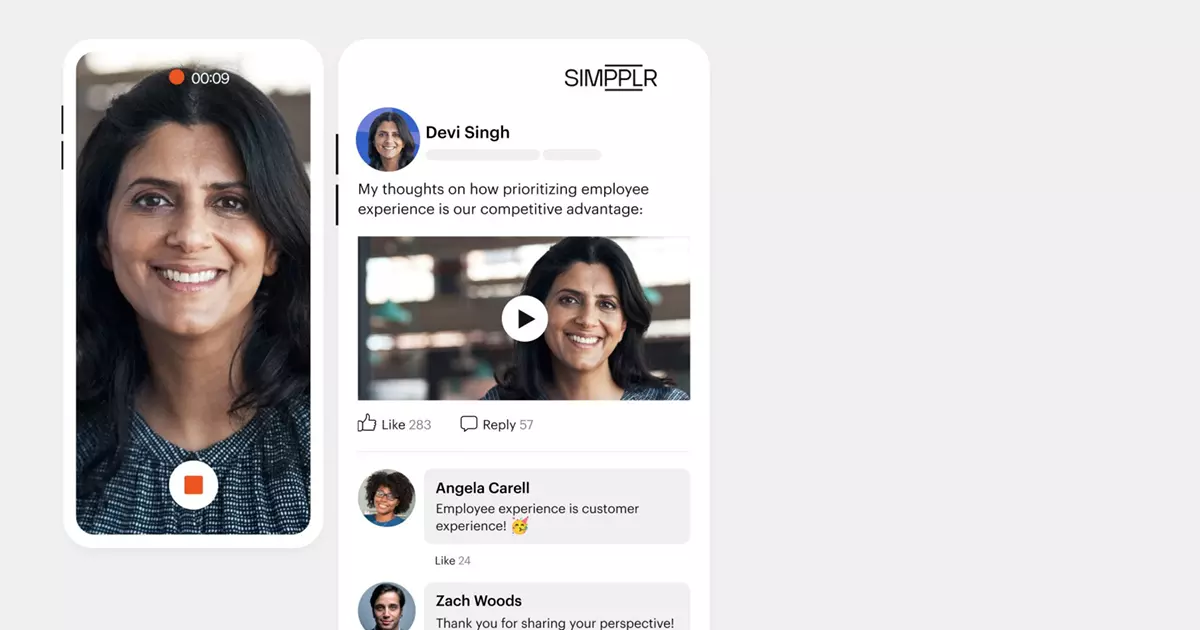
Simpplr is the modern intranet that transforms the work experience for all employees — wherever and however they work. A platform that’s as simple to maintain as it is to deploy, Simpplr leverages state-of-the-art AI models to deliver a seamless, cohesive and personalized employee experience. Request a live demo to learn how Simpplr can help you connect, inspire and engage your workforce.
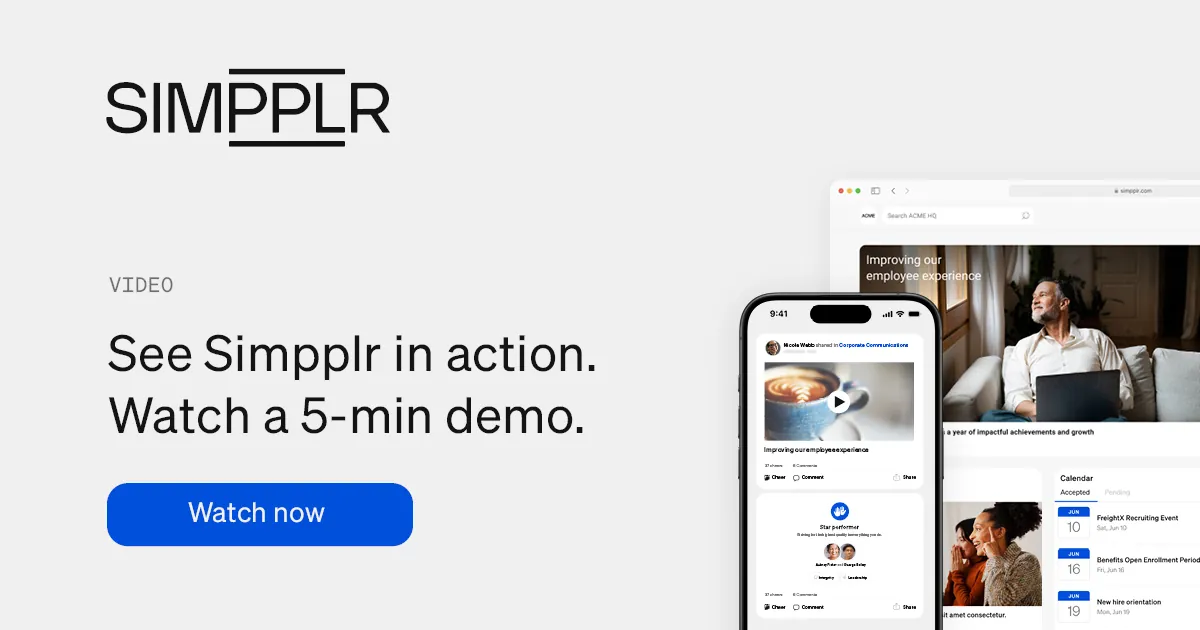
This article includes content originally contributed by Hani Khan.







